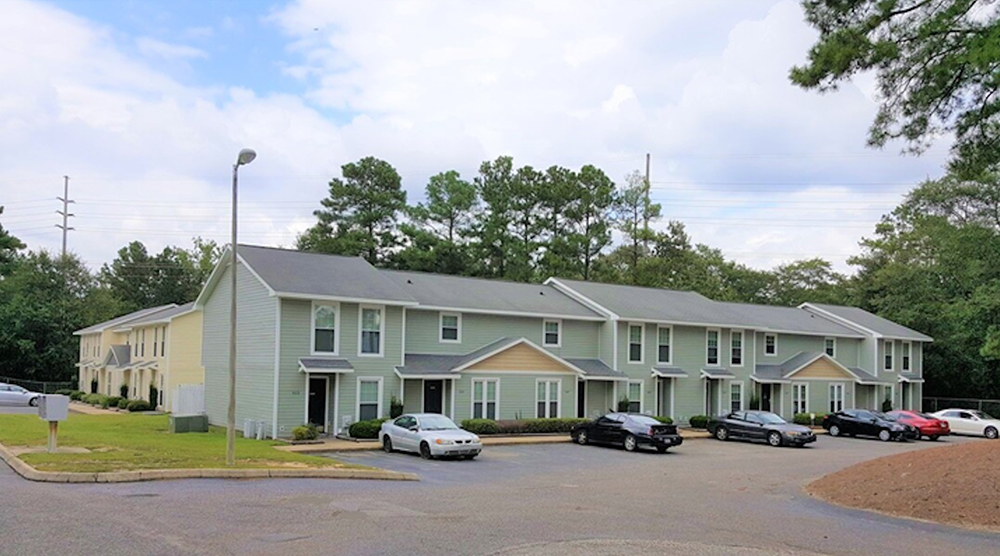Housing markets: A year later - by Bill Pastuszek

Housing robustness was the theme of 1-4 family housing a year ago. Looking back, the differences between then and now are dramatic. Higher rates, inflationary pressures, and the Russian invasion of Ukraine are factors that have changed the face of housing. The following information “packets” might help in pondering the current state of housing.
Interest Rates. The St. Louis Fed (FRED) notes that current 30-year mortgage rates are at 6.65%. The 30-year rate was 3.89% a year ago. Anecdotal evidence indicates that buyers and sellers have “adjusted” to the new reality. The new construction market, in particular, reportedly has reacted by providing mortgage buydowns to bring effective rates down as well as providing other concessions. Lenders, buyers, and appraisers should carefully research and consider these factors in their decision-making as they have a distorting effect on prices.
National Association of Realtors. In contrast to the interest rate scenario above, NAR reports that “Pending home sales improved in January for the second consecutive month, according to the National Association of REALTORS®. All four U.S. regions posted monthly gains but saw year-over-year drops in transactions.”
According to NAR, the Pending Home Sales Index (PHSI)–a forward-looking indicator of home sales based on contract signings – improved 8.1% to 82.5 in January. NAR also notes that “year-over-year, pending transactions dropped by 24.1%.” However, while a positive response was reported from falling interest rates in December and January, the Fed will probably raise rates some more, so there is no clear light at the end of the tunnel.
Case-Shiller. The S&P/Case-Shiller 20-City Composite Home Index peaked in June 2022. The current index is on a par with the December index. Individual locations show different trends with some of the high growth areas. The West and South are showing more weakness than more established markets.
Warren Group – The Massachusetts Perspective. In Massachusetts, a recent press release notes that “Massachusetts single-family home and condominium prices continued to set records in January as sales activity plummeted by double digits, according to a new report from The Warren Group, a leading provider of real estate and transaction data.”
For single family homes, sales decreased nearly 33% from January 2022. This marked the fewest number of single-family home sales for the month of January since 2011. Meanwhile, the median single-family sale price increased 0.8 % on a year-over-year basis to $499,000, a new all-time high for the month of January.”
The article also notes low inventories. Note the small price gain.
Regarding condominiums, in January, there was a 28% decrease from a year ago with the “fewest transactions recorded for the month of January since 2015. Meanwhile, the median sale price spiked 9.2% on a year-over-year basis to $480,500 – a new all-time high for the month of January.”
Massachusetts Association of Realtors. NAR notes that median sales price for single-family homes show no change at $520,000 with condominiums showing an increase of 10%. New listings decreased +/-5%. Closed sales were down 33%.
Fannie Mae – National Housing Survey. The February release notes that “overall, the HPSI [Home Purchase Sentiment Index] rose 0.6 points to 61.6, with three of the index’s six components increasing month over month, including those associated with home-selling conditions, home price outlook, and household income. Only 17% of respondents believe it’s a good time to buy, likely owing to the ongoing affordability challenges posed by elevated mortgage rates and home prices. Year over year, the full index is down 10.2 points.”
Fannie Mae’s chief economist states, “For consumers, the same affordability issues are persisting, as they continue to indicate that high home prices and high mortgage rates make it a ‘bad time to buy’ a home. The latest survey data also indicated that the majority of consumers expect home prices to decrease or remain flat over the next year … . Although ‘good time to sell’ sentiment ticked upward this month, it’s still much lower than it was a year ago, as purchase affordability remains seriously constrained and mortgage demand has receded. Until we see improvements in affordability via lower home prices and mortgage rates, we expect home sales to remain muted in the coming months.”
National Association of Home Builders. A recent release notes: “Although rising builder sentiment indicates a turning point for housing later this year, lackluster single-family production in January is a sign that the housing sector faces further challenges, as elevated mortgage rates and high construction costs continue to put a damper on the market.
Overall housing starts decreased 4.5%.” Affordability and costs were cited as factors.
Summary. One discernable trend is that the housing market is being affected more by the cost of money and other external factors with inventories still at constrained levels. A time to worry is when inventories begin to balloon and prices begin shifting more dramatically. Right now, inventories are steady or down; interest rates are up; and prices are mostly steady. It’s harder than ever to buy a home, and certainly hard for first-time buyers. For analysts, these factors represent challenges.
Buyers, sellers, lenders, appraisers, analysts, critics, and observers all seek to find pathways towards understanding the turbulent forces affecting housing without the distraction by the clutter of the “common wisdom” of the marketplace. Working through the tangle of common wisdom is essential in understanding fundamentals and arriving at informed, objective, impartial, and independent conclusions,
Bill Pastuszek, MAI, ASA, MRA, heads Shepherd Associates LLC, Needham, Mass.
Preservation of Affordable Housing secures $23.5 million in financing from Rockland Trust and Citizens Bank


Conn. hospitality market: A technical appraisal perspective on market dynamics and valuation challenges (2019-2025)









